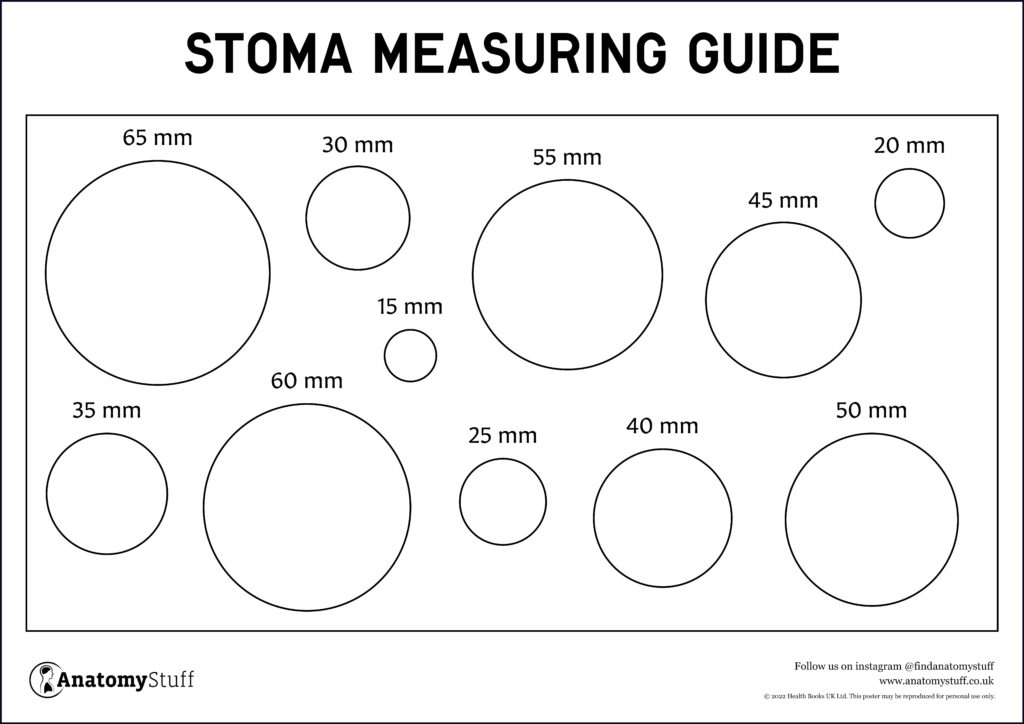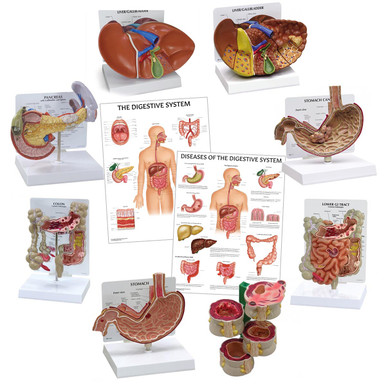Stoma Management at Home
A stoma is an opening made in your abdominal wall by a surgeon which allows for the passage of waste when you can no longer defecate through your rectum or pass urine through your urethra. There are three types of ostomy procedures: a colostomy, ileostomy and urostomy. During a colostomy (the most common type of ostomy), the stoma will be connected to your colon by the surgeon. Through it, bowel movements exit your body and accumulate in a specific pouch that you must care for and empty multiple times a day in order to properly and safely manage your stoma.
Tips on Stoma Maintenance
After your operation, you should expect to be in the hospital for a few days to a week.
Before you leave the hospital, your stoma care nurse will show you how to change your bag. If necessary, you will also be shown how to cut and measure the pouch to the right size and shape using a template.
The stoma will be enlarged following surgery. Over the following few weeks, it will go down in size.
Protect your skin by preventing stoma leaks. To prevent leaking, use a bag or pouch with the proper opening size. Be mindful of how you treat your stoma’s skin, and ensure you follow all medical advice around skincare.
To keep your skin healthy
Before attaching the pouch, wash your skin with warm water and dry it well. Avoid products containing alcohol in your skincare routine. These have the potential to dry out your skin. Avoid applying oil-based items to the area near your stoma. This might make it difficult to connect the pouch to your body.
Emptying and replacing stoma
To get rid of the waste (faeces), you’ll need to empty your stoma bag (ostomy device). A stoma care nurse can show you how. Stoma bags have several methods for emptying their contents. When the bag is between a third and a half-full, it is preferable to empty it. In the course of a day, you’ll probably do this a few times. After carefully pushing it down on your skin to separate the adhesive section of the pouch, remove the bag. Before disposing of it, flush the contents down the toilet. With a moist washcloth or paper towel, gently wipe the area surrounding your stoma. Pat the area with a paper towel to remove any excess moisture. Afterwards, reattach the bag.
People with different types of stomas have different needs for how often they need to empty or change their bags. When you become used to your stoma, you’ll learn when it’s most active, and develop your own routine. Change the bag at a convenient moment that suits you.

Irrigation
You can use lukewarm tap water to flush (rinse with water) certain types of bowel stoma instead of a bag. It’s referred to as irrigation. The goal is to avoid bowel movements in between flushes and only have them when the gut is irritated. A colostomy plug or cap is worn over the stoma instead of a bag.
You can also wear colostomy plugs between bowel movements. Always follow the stoma care nurse’s advice with this
Free PDF Downloads
View AllStoma difficulties might arise at any time: the following are a few examples
Always observe the stoma for signs of infection such as increased oozing, very bright red colour, or soreness.
• Leaks might cause anxiety as well as skin irritation. Your stoma care nurse can offer advice on how to minimise the risk of leakage.
• As the stoma gets smaller, so does the portion of the bowel that connects to it. If this is the case, you may have thin poop and high-pitched wind.
• Your stoma isn’t sticking out slightly as it should; therefore, it pushes back into your belly. If this happens, your skin may get inflamed, and you may have leaks.
• Hernia in the peritoneum occurs when a portion of the intestine bulges out of its opening in muscle. You may be able to handle it with the help of a support belt, but surgery is always an option.
This was a quick but insightful look into self-care management of your stoma at home, and in the case of any questions or doubts, your stoma care nurse should be consulted.















